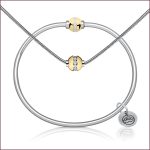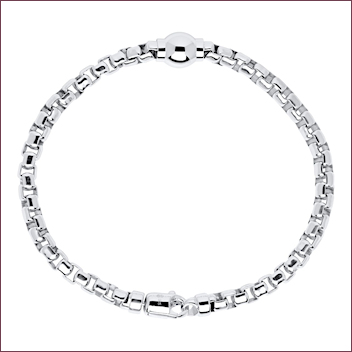Carving Your Niche
“A niche isn’t just a small slice of the pie—it’s a big dream,” wrote Kevin Donnelly for Shopify, a Canadian e-commerce company. In his April 2016 report, “How to Use Niche Marketing to Build a Business From the Ground Up,” he advocates that a good niche marketing campaign must get people excited and make them feel like they belong to something larger than themselves.
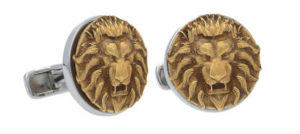 Niche marketing is all about providing an audience—especially one that might feel ignored or undervalued—with a sense of identity and belonging, Donnelly describes. “You need to not only speak to your ideal customers, but also activate the members of your audience who might not realize that they are your ideal customers yet. It’s about creating a vision of your ideal customer and then motivating your audience to take ownership over that identity for themselves.”
Niche marketing is all about providing an audience—especially one that might feel ignored or undervalued—with a sense of identity and belonging, Donnelly describes. “You need to not only speak to your ideal customers, but also activate the members of your audience who might not realize that they are your ideal customers yet. It’s about creating a vision of your ideal customer and then motivating your audience to take ownership over that identity for themselves.”
Not only does niche marketing help you get a leg up on the competition by setting you apart from the pack, it also brings with it a valuable set of benefits that might make it the right fit for growing your business.
Two jewelry categories that have shown consistent growth despite economic fluctuations are the men’s and youth markets touted in the broader fashion and accessories market as being the ones to watch in the coming years in a category saturated with products and sellers for women. To build a successful niche strategy you need to sell more than just product, you need to sell a lifestyle.
Male Call
To succeed in the menswear market you need to know your customers, says Jonathan Goodman Cohen for the men’s jewelry Prime Art & Jewelmanufacturer IB Goodman, Newport, Kentucky. What are the men in your store, in your community interested in and value? How do the products they wear play a meaningful role in their daily life? Why do they avoid wearing certain styles?
“The brands doing well know who their customers are and speak to them instead of focusing on what’s cool,” says Cohen. “Listen to honest feedback and observe customer preferences to determine effective merchandising in your market.”
Create a space for men that speaks to their aesthetics, advises Scott Rauch, president of SHR Jewelry Group, a division of SDC Designs in New York, with brands including Esquire for men. Carve out a men’s corner in your store and online. He cites the watch industry a great place to mine for ideas.
When promoting a men’s line and department, Alisa Bunger, director of sales for the Dallas-based Prime Art & Jewel, including its Ethos brand, tells jewelers keep it simple and fuss-free; focus on the jewelry, not the romance; and make sure it’s easy to wear and easy to find in store. Offer a wide range of prices.
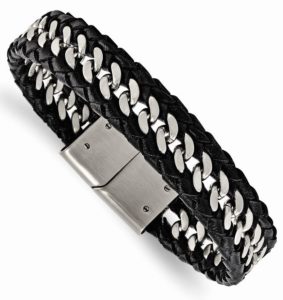 Men want jewelry that speaks to their identity, in good quality and designed to be comfortable, functional and durable,” says Cohen. Style in the current landscape is all about self-expression—bracelets that can stack, personalized signet rings, symbolic pendants and dog tags on chain.
Men want jewelry that speaks to their identity, in good quality and designed to be comfortable, functional and durable,” says Cohen. Style in the current landscape is all about self-expression—bracelets that can stack, personalized signet rings, symbolic pendants and dog tags on chain.
Bracelets are top sellers in gem beads, as well as leather and colorful nylon cord. In contemporary metals, styles that mix leather, wood, and gems are popular, says Cora Lee Colaizzi, director of marketing and catalogs and senior merchandiser Quality Gold, Fairfield, Ohio, with Chisel and Edward Mirell brands. “Younger men are layering pieces, using multiple thicknesses and metal colors, as well as textures and materials.”
When speaking to men it’s important to have a compelling story, says Cohen, who references IBG’s Americana Collection that expresses American interests. “The line is designed for the guy who doesn’t think about wearing jewelry, using iconic emblems cast in bronze that adds personal meaning to his style.” He advises jewelers pay attention to website and customer messaging, with digital media the most effective way to communicate with consumers.
Bloom of Youth
The youth jewelry market is touted as an attraction that builds store traffic and inspires impulse buys. Audrey Robbins for Marathon Marathon Company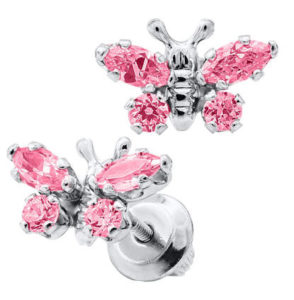 , Attleboro, Massachusetts, known for its Kiddie Kraft brand, says jewelers who visibly and nicely display gift product geared to children and teens will sell it.
, Attleboro, Massachusetts, known for its Kiddie Kraft brand, says jewelers who visibly and nicely display gift product geared to children and teens will sell it.
“Consumers don’t fret about the price because the items are affordable and well made,” she says. Trending are classic designs set with pearl, diamond, birthstone, and CZ like studs and pendants, with hearts, flowers, butterflies, and stars evergreen. She says after the age of 8 or 9, girls want something like their mom’s have in lockets, crosses, bangles, and a nice hoop.
The kidswear market is booming, one of the fastest growing and most profitable segments in the global fashion and accessories business, says the Business of Fashion, fueled by the increasing purchase power of parents, and a glut of Baby-Boomer grandparents with money to burn.
Pitching yourself as the source for good quality and value gifts with meaning is a no brainer. For a minimal investment of capital and space, Robbins says jewelers can offer special ways for loved ones to celebrate life moments.
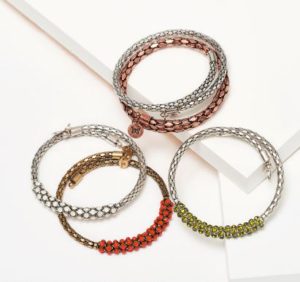 For Gen Z it’s more about experiences than things, so jewelers must give them a reason to want jewelry, having it stand for something is critical, says Rauch.
For Gen Z it’s more about experiences than things, so jewelers must give them a reason to want jewelry, having it stand for something is critical, says Rauch.
It’s critical to connect directly to young consumers, who influence gift givers and make their own purchases, says Rhian Burrell Joseph, marketing manager for Chrysalis, a Richline brand. She cites the brand’s charm bangle stacking concept answering social media’s call for self-branding, with designs reflecting bo-ho chic and festival style trending. She advocates a strong online presence as key to reaching youth in a relevant way, using messaging that’s engaging and to the point.

